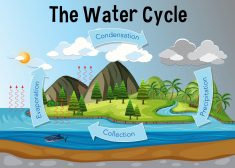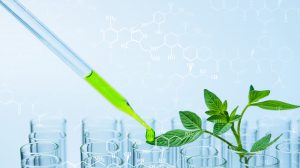Definition
noun, plural: cartilage cells
(histology) A differentiated cell embedded in the extracellular matrix, particularly in the spaces (lacunae) of cartilage
Supplement
The cartilage is a type of connective tissue found in joints, nose, bronchial tubes, intervertebral discs, and ear. Compared to the bone, the cartilage is rather flexible and not rigid. The cartilage consists of two major types of cells: chondroblasts and cartilage cells (also referred to as chondrocytes).
The chondroblasts are specialized cells that secrete materials for extracellular matrix. When the chondroblasts are entrapped in the extracellular matrix they become less active in forming the matrix, and become cartilage cells that function primarily in facilitating the movement of nutrients and waste materials across the tissues through diffusion. Nevertheless, the cartilage cells may still secrete (as well as degrade) materials to repair injuries of the cartilage. However, because the cartilage cells are entrapped inside the lacunae they are not capable of migrating to damaged tissues. In time, they also lose their mitotic capabilities. Thus, tissue repair of damaged cartilage can be rather slow or difficult.
Histologically, the cartilage cells can be seen in the spaces of the cartilage called lacunae.
Also called:
See also:





